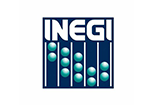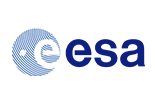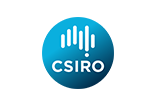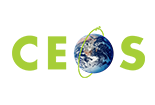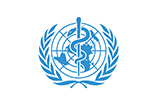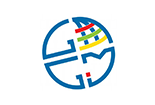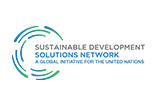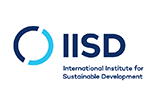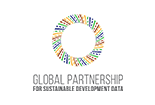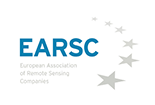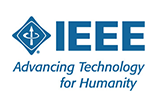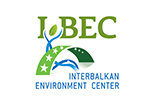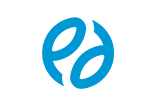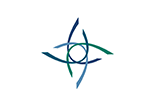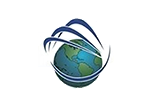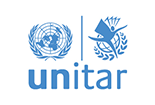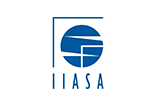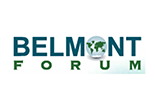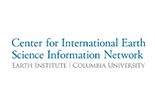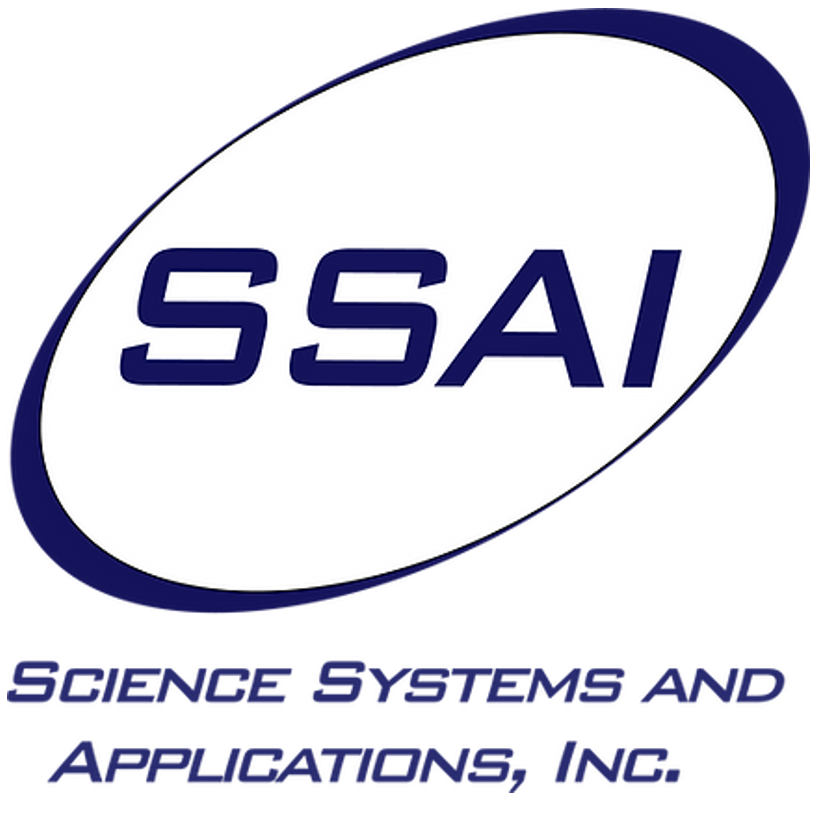EO4SDG Annual Meeting Summary Report
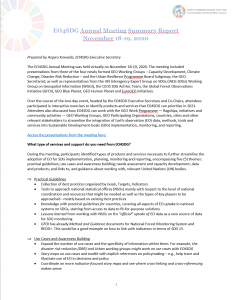 The EO4SDG Annual Meeting was held virtually on November 18-19, 2020. The meeting included presentations from three of the four newly formed GEO Working Groups – Capacity Development, Climate Change, Disaster Risk Reduction – and the Urban Resilience Programme Board Subgroup; the GEO Secretariat; as well as representatives from the UN Interagency Expert Group on SDGs (IAEG-SDGs) Working Group on Geospatial Information (WGGI), the CEOS SDG Ad Hoc Team, the Global Forest Observations Initiative (GFOI), GEO Blue Planet, GEO Human Planet and EuroGEO initiatives.
The EO4SDG Annual Meeting was held virtually on November 18-19, 2020. The meeting included presentations from three of the four newly formed GEO Working Groups – Capacity Development, Climate Change, Disaster Risk Reduction – and the Urban Resilience Programme Board Subgroup; the GEO Secretariat; as well as representatives from the UN Interagency Expert Group on SDGs (IAEG-SDGs) Working Group on Geospatial Information (WGGI), the CEOS SDG Ad Hoc Team, the Global Forest Observations Initiative (GFOI), GEO Blue Planet, GEO Human Planet and EuroGEO initiatives.
Over the course of the two-day event, headed by the EO4SDG Executive Secretary and Co-Chairs, attendees participated in interactive exercises to identify products and services that EO4SDG can prioritize in 2021. Attendees also discussed how EO4SDG can work with the GEO Work Programme — flagships, initiatives and community activities — GEO Working Groups, GEO Participating Organizations, countries, cities and other relevant stakeholders to streamline the integration of Earth observation (EO) data, methods, tools and services into Sustainable Development Goals (SDG) implementation, monitoring, and reporting.
Access the presentations from the meeting here.
Click here to view the downloadable report.
What type of services and support do you need from EO4SDG?
During the meeting, participants identified types of products and services necessary to further streamline the adoption of EO for SDG implementation, planning, monitoring and reporting, encompassing five (5) themes: practical guidelines; use cases and awareness building; needs assessment and capacity development; data and products; and links to, and guidance about working with, relevant United Nations (UN) bodies.
- Practical Guidelines
- Collection of best practices organized by Goals, Targets, Indicators
- Tools to approach national statistical offices (NSOs) mainly with respect to the level of national coordination and resources that might be needed as well as the types of key players to be approached – mostly based on existing best practices
- Knowledge with practical guidelines for countries, covering all aspects of EO uptake in national systems on SDGs, starting from access to data to fit-for-purpose solutions
- Lessons learned from working with NSOs on the “official” uptake of EO data as a new source of data for SDG monitoring
- GFOI has already Method and Guidance documents for National Forest Monitoring System and REDD+. This would be a good example on how to link with indicators in terms of SDG 15.
- Use Cases and Awareness Building
- Expand the number of use cases and the specificity of information within them. For example, the disaster risk reduction (DRR) and Urban working groups might work on use cases with EO4SDG
- Story maps on use cases and toolkit with explicit references on policymaking – e.g., help trace and illustrate use of EO in decisions and policy
- Coordinate on more indicator-focused story maps and see where cross-linking and cross-referencing makes sense
- Illustrate the use of EO for the SDG agenda with specific SDGs/cases and detailed EO data/algorithms
- Urban Resilience Sub-group: help in the categorization of use cases and in the right messaging towards city stakeholders and their networks
- The European Association for Remote Sensing Companies (EARSC) is ready to provide knowledge about what is happening in the European private sector to carry views of the EO4SDG initiative back to companies to help them improve their offerings towards the SDG global community.
- Communicate well the advantages and limitations of EO solutions, in general and specifically (e.g. for a given dataset or a specific EO tool)
- Coordinate stakeholder events and communications and ensure coordinated GEO representation where appropriate
- Better webpages with contact info on where to go and how to connect to the “right” people for SDG work
- Needs Assessment and Capacity Development
- Understanding local capacity needs and user requirements, for example, via use cases,
- For use cases we do, let’s use them to work with Capacity Development (CD) WG and assess the CD activities needed when we look to scale the uses,
- GEO CD WG: How can we utilize SDGs to help identify and find EO capacity development resources?
- Working with NSOs, UN agencies and GEO WGs for the uptake of citizen science data for SDG monitoring and implementation,
- Identify engaged users from statistical or government agencies to test open data cube tools and algorithms for SDGs,
- A platform for sharing an overview of data and tools for users on local SDG monitoring
- Data and Products
- Collection of operational data and tools for SDG monitoring and general urban planning indicators
- EO4SDG could expand work with the WDS to identify datasets, tools, and services that could help assess baselines and progress on the SDGs, and provide archival support
- Work with CD WG and GEO Knowledge Hub (GKH) group to define a framework that makes sense for users so they can enter most easily and find what they need. This requires being clear about who the users are.
- Facilitate access to in situ data to reduce resources required and to allow replicability
- Links to the UN IAEG-SDGs, WGGI and Custodian Agencies
- Work with WGGI to connect with the IAEG-SDGs and NSOs to illustrate and promote the use of EO for SDG indicator implementation, monitoring and reporting
- Dialogue with Custodian Agencies: which custodian agencies require help to use EO?
What is EO4SDG’s Unique Value?
Contributors and meeting participants provided thoughts on the initiative’s unique value, including as a curator and communicator of EO data, methodologies and practical guidance, technology, and good practice use cases on SDGs.
Specifically, participants offered the following recommendations on the initiative’s unique role:
- Collaboration and inclusivity for all: enabling equal access to EO data and technology for promoting sustainable global growth,
- An exchange platform on the use of EO to contribute to the Agenda 2030,
- Coordination of EO-related activities across SDGs,
- Strengthening support of SDG-related achievements by EO data, services, solutions provision, awareness raising and user engagement,
- Facilitating the use of EO to address SDG monitoring and reporting,
- Global coordination and communication across GEO and for many SDGs,
- Demonstrating the value and applicability of EO for policy and illustrating examples of clear evidence and impact of where EO have been integrated into decisions and policy,
- Most comprehensive, single resource for proving EO can indeed support the SDG framework
Areas for Improvement
Common recommendations for areas for improvement included increasing engagement with the private sector given the importance of private venture capital investment and commercial space research for the SDGs , joining efforts with participating organizations, such as CEOS, for data and practical guidance documentation and development of data quality standards in support of EO4SDG end user communities, as well as supporting increasing communication between different levels in user organizations such as national reporting agencies.
Additional recommendations included:
- Developing an approach for endorsing data products, methodologies and services to help users discern which data, methods and tools are appropriate and address their needs
- Sharing robust examples of where informed decision making has taken place using EO and an improvement of some sort occurred that would otherwise be impossible to achieve without the use of EO,
- Demonstrating the value of a federated system for SDG custodian agencies,
- Aiming for a broader spread across SDG themes (objective under Goal I),
- Focusing on indicator calculation demonstration and validation,
- Linking to DRR and Climate Change Agreement (CCA),
- Helping engage with other communities at the national level, presenting a broad perspective (not only at the indicator level),
- Better webpages with contact information on where to go and how to connect to the “right” people for SDG work
Next Steps
Participants identified some concrete steps to pursue in 2021, including:
- Identifying points of contact (POCs) for key objectives included in the 3 Goals of the initiative’s 2020-2024 Strategic Implementation Plan to help track and share periodic (4 times per year) updates during our EO4SDG monthly calls,
- Developing a process for estimating replication resources; identifying a participating organization(s) PO(s) or GEO Associate Member(s) to work with on this,
- Inviting new members from the private sector, including from the GEO Associate Members, to join the initiative and advance the EO4SDG goals and objectives,
- Finalizing the EO4SDG Federated Approach concept paper, considering also activities implemented by other GEO bodies (e.g., survey developed by Esri in support of the CC Working Group)
- Completing the EO Toolkit for Sustainable Cities and Communities and leveraging lessons learned to promote development of such resources for other SDGs
- Tracking, reporting on and sharing individual contributions to EO4SDG objectives and goals via social media accounts and the EO4SDG website.
Individual Contributions
Meeting participants were asked to identify specific Goals and Objectives of EO4SDG that they are interested in contributing towards in 2021 and beyond, as these align to their priorities and existing/planned work activities. Details are shown in a Table 1, EO4SDG Contributions 2021 (separate attachment). Appendix A demonstrates results from a survey conducted among EO4SDG contributors and meeting participants in November 2020.
Appendix A.
EO4SDG Survey Results – November 2020
-
- In what capacity are you involved with EO4SDG?
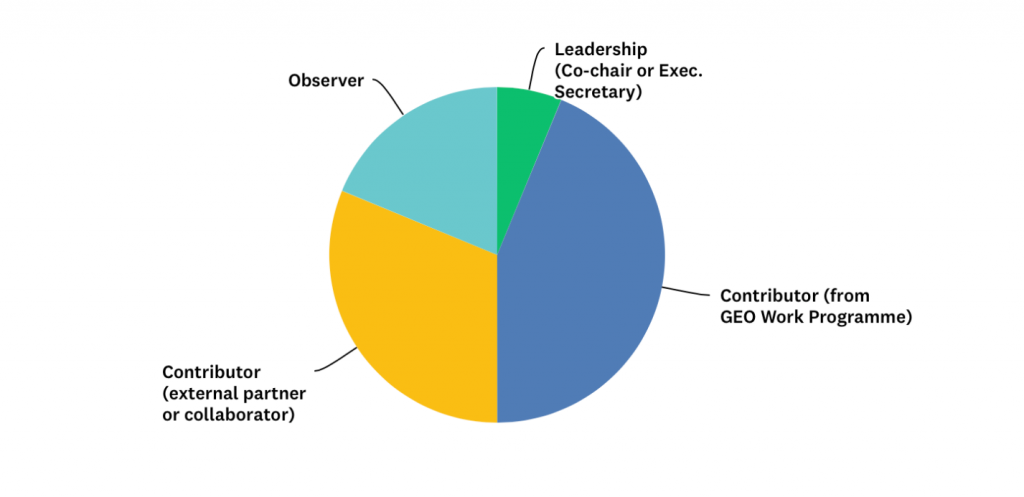
Section Percentage Contributor (from GEO Work Programme) 43.75% Contributor (from external sources) 31.25% Leadership (Co-chair of Exec. Scretary) 6.25% Observor 18.75%
- What are we doing well?
- Promoting how EO can deliver against the SDG Targets, bringing together a toolkit, promoting the use of these data and technologies to non-expert communities and decision makers
- The EO Toolkit
- Bridging with many stakeholders to share information
- Bringing together key community members
- Sharing information on related activities, best practices, facilitate networking and providing
- Guidelines, information, networking, motivation, coordination
- The compilation of country use cases I believe is one of the strongest arguments for other custodian agencies to join the Initiative or replicate the workflows found therein. Hopefully, they can identify themselves in these other cases.
- Bringing all stakeholders together
- Giving stakeholders tools and showing how monitoring of the SDG framework can be done within countries (i.e. Toolkit)
- Collaboration
- Always communicate actively.
- Coordination; new ideas; knowledge exchange
- Interaction with WGGI
- What can we be doing better?
- Possibly linking to DRR and CCA
- Perhaps supporting early career researchers. Additional engagement with the private sector, given the importance of CSR and private VC investment for SD going forward.
- Engagement with senior policy makers
- Open the initiative to targets and goals where other best practises could fit in
- Listening to recommendations from community members
- Better understanding of how one can connect with national reporting agencies
- Continue to build inclusive, thematized knowledge base in EO4SDG
- I think the Initiative supports robustly what EO can do for “monitoring targets, planning, tracking progress, and helping nations and stakeholders”. I think more examples/stories are needed after these necessary steps. Examples where informed decision making did take place using EO and an improvement of some sort occured that would otherwise be impossible to achieve without the use of EO.
- Grouping people by SDGs interest
- Engaging with a wider variety of different level of stakeholders and on a wider variety of SDG indicators.
- At the individual SDG level, I don’t find that we need to coordinate our actions much with other SDGs. Demonstrations of the value of a federated system for the SDG Custodians might be useful
- Provide more best practices and guidance
- Focus on indicator calculation demonstration and validation
- What are ways in which EO4SDG can work with, and support, you in enabling the use of Earth observation data, tools and services for the monitoring and implementation of the SDGs?
- Publish good examples of the use of EO for achieving the SDGs
- Continue focusing on capacity development, further promote and develop innovative ways to facilitate greater access and use to the wider, non-expert community – increase focus around how EO can meet reporting requirements at the indicator level
- Keep things simple (complex in the background, but simple in the foreground)
- Help engage with other communities at national level, presenting the broad perspective not only at indicator level
- Assist developing countries in the use of EO data for addressing the SDGs.
- Better webpages with contact info on where to go and how to connect to the “right” people for SDG work
- Sharing recommendations on methodology, capacity building, interoperability issues, interagency collaboration (e.g. best practices in EO-GI-Statistical and SDG stakeholders)
- The Greek GEO Office has had a very fruitful and efficient collaboration with the Initiative thus far. Hopefully, the upcoming MoU with the Greek NSO will concentrate more the national EO players and direct their efforts even more towards the SDGs, in close interaction with the Initiative.
- By contributing with tools and methods to report SDG 15 and 13
- Help us to engage with our NSO in a more meaningful way / help to streamline efforts for SDGs and Eurostat indicators.
- Capacity building
- You’re already doing great. Thanks for your great support
- Working with UN custodian agencies and NSOs
- In what capacity are you involved with EO4SDG?
Prepared by Dr. Argyro Kavvada, EO4SDG Executive Secretary.
View All News




